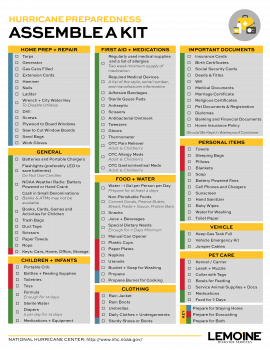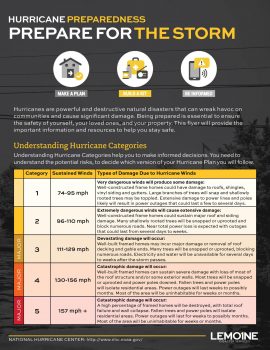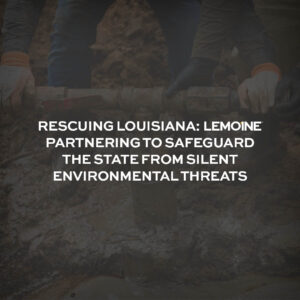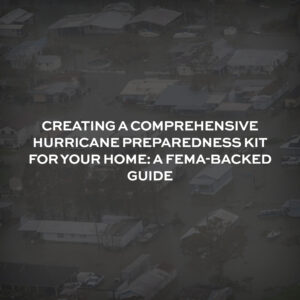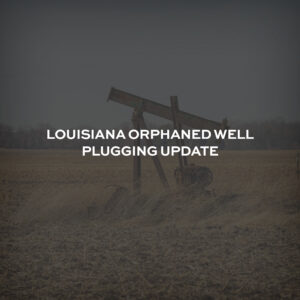Creating a Comprehensive Hurricane Plan: Safeguarding Your Family and Property
- September 11, 2023

Creating a Comprehensive Hurricane Plan: Safeguarding Your Family and Property
The fury of a hurricane is a force of nature that can leave devastation in its wake. To ensure the safety and security of your loved ones and property, having a well-thought-out hurricane plan is essential. We have developed a guide for creating a comprehensive hurricane plan that will help you navigate the storm and its aftermath with greater confidence.
Understanding Hurricane Categories
Understanding Hurricane Categories help you to make informed decisions. You need to understand the potential risks, to decide which version of your Hurricane Plan you will follow.
Category
Sustained Winds
Types of Damage Due to Hurricane Winds
1
74-95 mph
Very dangerous winds will produce some damage:
Well-constructed frame homes could have damage to roofs, shingles, vinyl siding and gutters. Large branches of trees will snap and shallowly rooted trees may be toppled. Extensive damage to power lines and poles likely will result in power outages that could last a few to several days.
2
96-110 mph
Extremely dangerous winds will cause extensive damage:
Well-constructed frame homes could sustain major roof and siding damage. Many shallowly rooted trees will be snapped or uprooted and block numerous roads. Near total power loss is expected with outages that could last from several days to weeks.
MAJOR
3
111-129 mph
Devastating damage will occur:
Well-built framed homes may incur major damage or removal of roof decking and gable ends. Many trees will be snapped or uprooted, blocking numerous roads. Electricity and water will be unavailable for several days to weeks after the storm passes.
MAJOR
4
130-156 mph
Catastrophic damage will occur:
Well-built framed homes can sustain severe damage with the loss of most of the roof structure and/or some exterior walls. Most trees will be snapped or uprooted and power poles downed. Fallen trees and power poles will isolate residential areas. Power outages will last weeks to possibly months. Most of the area will be uninhabitable for weeks or months.
MAJOR
5
157 mph +
Catastrophic damage will occur:
A high percentage of framed homes will be destroyed, with total roof failure and wall collapse. Fallen trees and power poles will isolate residential areas. Power outages will last for weeks to possibly months.
Most of the area will be uninhabitable for weeks or months.
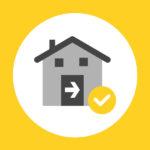
MAKE YOUR PLAN
The first step to building your Hurricane Plan is determining your risks.
You can find out what rain, wind, and water hazards could happen where you live.
Some Hazards include: storm surge along the coast, inland flooding, tornadoes, strong wind, rip currents, and large waves
Develop an Evacuation Plan
If you live in a hurricane evacuation zone, here are some tips to help plan:
- Identify trusted sources for evacuation orders
- Have multiple options of where to go and how to get there
- Plan for children, the elderly, and pets
- Prepare your home and property
- Remove all loose items from the exterior of your home
- Board up windows and secure doors (See our video tutorial below)
- Trim trees
- Secure large items and outdoor furniture
- If you live in a flood zone, raise furniture and valuables
- Get sandbags ready
- Prepare and test your generator in a safe outdoor location with spare gas
- Move your car to a safe location (no overhead trees or in a flood area)
- Have tarps and tools on hand to install them
- Have tools on hand to turn off utilities
- Have a “go bag” of supplies
- Gather important documents and make sure your home’s insurance is up to date and has enough coverage for possible repairs
- Be prepared to leave immediately
- If you are in an area ordered to evacuate, your destination could be a friend or family member’s house. It doesn’t have to be hundreds of miles away. If you live in a well-built home outside the evacuation zone, your safest option might be to stay home. Know your options and have a few of them.
If you are staying through a storm, fill your clean bath tub with water to use for washing
It would be a good idea to set a time frame for your plan stages. If you live in a Hurricane-prone area, you may want to start assembling your emergency kit at the beginning of Hurricane Season. If you are planning to stay with friends or family, you should contact them at the beginning of the season to expect you in the event of a storm. If you are staying in lodgings, you should pre-determine a few that you are comfortable staying in and if you have pets, make sure to find pet-friendly options. If a storm develops, pre-book your room if possible so that you have a definite place to stay.
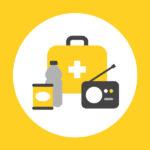
ASSEMBLE YOUR KIT
Some items in your disaster kit may be purchased well in advance and kept in storage year after year. Always check your items at the beginning of the season to make sure nothing is expired and in good working order. Consider your Hurricane Plan when assembling your kit. Staying versus evacuating plays a large role in what you will need on hand.
By heeding FEMA’s recommendations and creating a comprehensive hurricane disaster kit, you can ensure the safety, comfort, and resilience of your household during and after a hurricane. Remember to periodically review and refresh your supplies, customize your kit based on your family’s specific needs, and stay informed about local evacuation plans and emergency protocols. Prioritizing preparedness can help mitigate the impact of a hurricane and provide peace of mind in challenging times.
Remember to consult FEMA’s official website (www.fema.gov) for the most up-to-date information and guidelines on hurricane preparedness and response. Stay safe, be proactive, and protect what matters most – yourself and your loved ones.
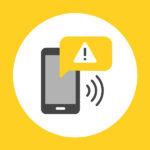
STAY CONNECTED + SAFE
During a hurricane, staying informed about the storm’s progress and receiving timely updates is crucial. Here’s how you can stay informed:
- Follow official weather alerts: Monitor local news channels, radio stations, and weather apps for updates from reliable sources like the National Weather Service.
- Sign up for emergency notifications: Register for alerts and warnings through your local emergency management agency or community notification systems.
- If you live in a mandatory evacuation zone: Leave immediately and follow evacuation orders.
- Utilize technology: Download relevant mobile apps that provide hurricane tracking and emergency information.
- Have a battery-powered radio: In case of power outages, a battery-powered radio can keep you updated on the latest news and alerts.
Staying Safe During and After a Hurricane
WEATHER:
- Determine how best to protect yourself from high winds and flooding.
- Take refuge in a designated storm shelter, or an interior room for high winds.
- If trapped in a building by flooding, go to the highest level of the building. Do not climb into a closed attic. You may become trapped by rising flood water.
- Do not walk, swim, or drive through flood waters. Turn Around.
- Don’t Drown! Just six inches of fast moving water can knock you down, and one foot of moving water can sweep your vehicle away.
RETURNING HOME:
- Pay attention to local officials for information and special instructions.
- Be careful during cleanup. Wear protective clothing, use appropriate face coverings or masks if cleaning mold or other debris, and maintain a physical distance of at least six feet while working with someone else. People with asthma and other lung conditions and/or immune suppression should not enter buildings with indoor water leaks or mold growth that can be seen or smelled, even if they do not have an allergy to mold. Children should not take part in disaster cleanup work.
- Wear protective clothing and avoid working alone.
- Do not touch electrical equipment if it is wet or if you are standing in water. If it is safe to do so, turn off electricity at the main breaker or fuse box to prevent electric shock.
- Do not wade in flood water, which can contain dangerous pathogens that cause illnesses, debris, chemicals, waste and wildlife. Underground or downed power lines can also electrically charge the water.
LEMOINE is a global provider of comprehensive Disaster Services equipped to prepare, respond, recover, and mitigate the impact of natural and man-made disasters. Our team of industry leaders provides expertise in a range of services to address all aspects of disaster recovery including grant and program management, inspections and claims, strategic surge staffing, and emergency provisions such as power, water, and fuel. By strategically investing in leading companies worldwide, LEMOINE is empowered to provide exceptional support throughout the entire disaster lifecycle, enabling us to respond effectively to national and international disasters.

